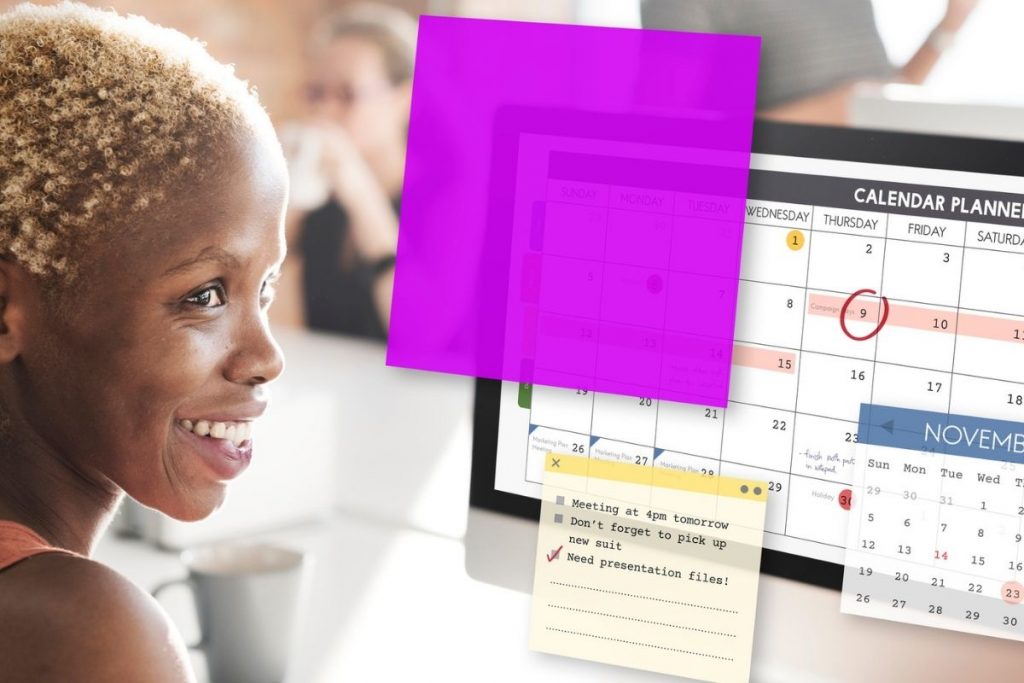
Ovulation Predictor Kits
There are a lot of options out there in ovulation predictor kits (OPKs). Most of them involve testing your urine for luteinizing hormone (LH), the hormone that surges just before ovulation, though some also test for estrogen. Some are wearable devices that track your basal body temperature closely. We’ll go into details below to make sure you know how to use your ovulation predictor kit correctly to get pregnant quickly.
Simple LH Test Strips
The cheapest way to test for ovulation is to use urine test strips. These strips will show two lines: a control line to ensure that the strip is working, and a test line. If the test line is as dark or darker than the control line, your LH is surging. You should ovulate 24-36 hours after your LH surge, so you can time intercourse or insemination accordingly.
If you are using timed intercourse to try to get pregnant, it’s best to have sex 1-2 days before your actual ovulation, which means having sex on the day of your LH surge. If you are using insemination (IUI, ICI), it’s considered best to wait until 24-36 hours after your LH surge. Work with your healthcare provider to determine the best timing for you.
Since you can buy 50 test strips for under $20, this is a good option if you don’t know when you ovulate or if you have irregular cycles. Occasionally, a person will test every day from one period to the next and never get a positive result (the second line is as dark or darker than the first).
That can happen for a few reasons: 1. You didn’t ovulate. 2. You did ovulate, but their LH surge is too low for the kit to detect. 3. You ovulated and had an LH surge, but you tested their urine at a time of day that didn’t catch the surge. If that happens to you for more than two months, check in with your healthcare provider for the next steps.
Digital LH Tests
For a little more money, you can get a digital ovulation predictor kit. These are much easier to read than the simple test strips: they have a smiley face if your LH is surging, no smiley face if it’s not. You don’t have to interpret if one line is darker than the other or remember which line is supposed to be darker.
These have the same possibility of not having a positive result as the simple test strips, for the same reasons above. This is a great middle-cost option for most people and the one we recommend frequently in our practice. As above, you will ovulate about 24 hours after your LH surge, so you can time your intercourse or insemination accordingly.
LH and Estrogen Kits
There are also fertility monitors that track both LH and estrogen. Estrogen rises as you’re getting close to your LH surge, so these kits can detect the few days before your LH surge. Since fresh sperm can live in the body for about 5 days, knowing when you’re about to have your LH surge allows you to start timed intercourse earlier and give yourself a greater chance of becoming pregnant.
These kits will tell you when your “high” fertility window is when it detects the rise in estrogen and then “peak” fertility days when it detects your LH surge. If you have unusually short or unusually long cycles, it might not pick up on your LH surge. Long cycles will require more testing sticks, which is an extra expense. People who normally have very high or very low estrogen may have trouble with these devices picking up on an estrogen surge.
How do I do the test?
No matter which hormone detection kit you use, it’s important to make sure you’re testing your urine at the same time each day. Most kits recommend that you use the first urine of the day as the hormones will be more concentrated. Capture some of the urine in a cup and dip the test strip in for the correct amount of time (per manufacturer instructions). Make sure you read the result at the correct time, too (per the manufacturer’s instructions).
If you get through a whole cycle and no LH surge is detected, on the next cycle try to test between 10am and 2pm. This might work better for you because LH is typically released in the morning, so this gives your body time to release the hormone, process it, and release it in your urine. If you are using the very inexpensive test strips, it’s ok to test first thing in the morning AND at noon. Some of the more expensive monitoring devices aren’t set up for multiple tests in one day, so you’ll have to check the manufacturer’s instructions.
When in my cycle should I start testing?
If you have signs of ovulation, like a change in cervical mucus or pelvic pain, and you know those signs usually appear on a particular day, start testing for the LH surge about 5 days beforehand. If you don’t have signs or don’t know when they usually appear, you can start testing on day 10 of your cycle. If you tend to ovulate early, you can test as soon as the end of your period.
How often should we try?
Most healthcare providers recommend trying every other day in the 5-6 days leading up to ovulation. If you have regular cycles and know when you ovulate, that’s easy to figure out. If you have irregular cycles or ovulate on different days every month, you might benefit from one of the more advanced ovulation predictor kits that will tell you your 5-day fertility window.
What are some other options?
More recently, some wearable devices have come on the market to predict ovulation. Some bracelets or armbands detect temperature, pulse rate, heart rate variation, skin perfusion, and breathing rate changes that occur with ovulation. The bracelet uploads data to an app on your phone and lets you know when your 5 most fertile days are. It’s easy to use and mess-free. You only have to wear the bracelet at night, not during the day. It’s best for people whose cycles are 24-35 days long.
There are other body temperature wearables, too. One is a tampon-like device that you insert overnight to measure your core body temperature. Another is a ring that you wear on your finger. Your core body temperature should drop just before you ovulate. If you wait to try until you see the temperature spike, you’ve probably waited too long. The temperature spike happens when you ovulate and the egg will only live in your body for about 24 hours. It’s best for sperm to be in the system before the temperature spike.
Is it possible to have a false positive or a false negative?
Unfortunately, yes. It’s possible for your LH to surge but for an egg not to be released. It’s also possible for you to ovulate, but for your LH surge not to show up on an OPK. If you want to confirm that you ovulated, you can check your progesterone levels either through your provider or with an at-home progesterone kit. Talk to your healthcare provider if you regularly get negative OPKs tests but no positives.
No matter which OPK you use, if you haven’t gotten pregnant after 6 months of trying, check in with your healthcare provider. At Portland Acupuncture Studio, our specialty is helping you get pregnant. We would be delighted to work with you and your healthcare team to regulate your cycles and help you on your way to parenthood. Contact us to learn how we can help you.
Established patients can schedule online, patients who haven’t seen us at Kwan Yin Healing Center call (503) 701-8766, or email us to schedule your appointment.




